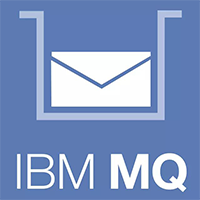Ensuring the Visiting Nurse Service of New York’s Network Reliability with
Infrared360
How VNSNY Ensured Reliable Healthcare Through Advanced IT Solutions
When lives are at stake, technology must perform flawlessly. The Visiting Nurse Service of New York (VNSNY), the largest not-for-profit home healthcare organization in the U.S., faced a critical challenge: ensuring seamless data transmission across their vast network of mobile devices to provide uninterrupted, high-quality patient care.
Learn how VNSNY leveraged Infrared360® to overcome obstacles and transform their IT infrastructure into a reliable backbone for healthcare delivery.
In this case study, you’ll discover how Infrared360 helped VNSNY:
- Proactively Prevent Downtime: Detect potential issues like bottlenecks and failing queue managers before they disrupt operations.
- Ensure Data Reliability: Real-time message tracking eliminated blind spots and ensured secure, uninterrupted clinical data flow.
- Streamline IT Operations: Automation and secure collaboration reduced manual intervention and cut issue resolution time by nearly 90%.
- Enhance Patient Outcomes: Reliable technology empowered nurses to focus on delivering exceptional care rather than troubleshooting IT issues.
VNSNY’s success showcases how advanced monitoring and management tools like Infrared360 can deliver measurable results in even the most demanding environments.
Find out how your organization can achieve the same reliability and efficiency.
Fill out the form to download the case study and explore how Infrared360 can optimize your IT infrastructure.














